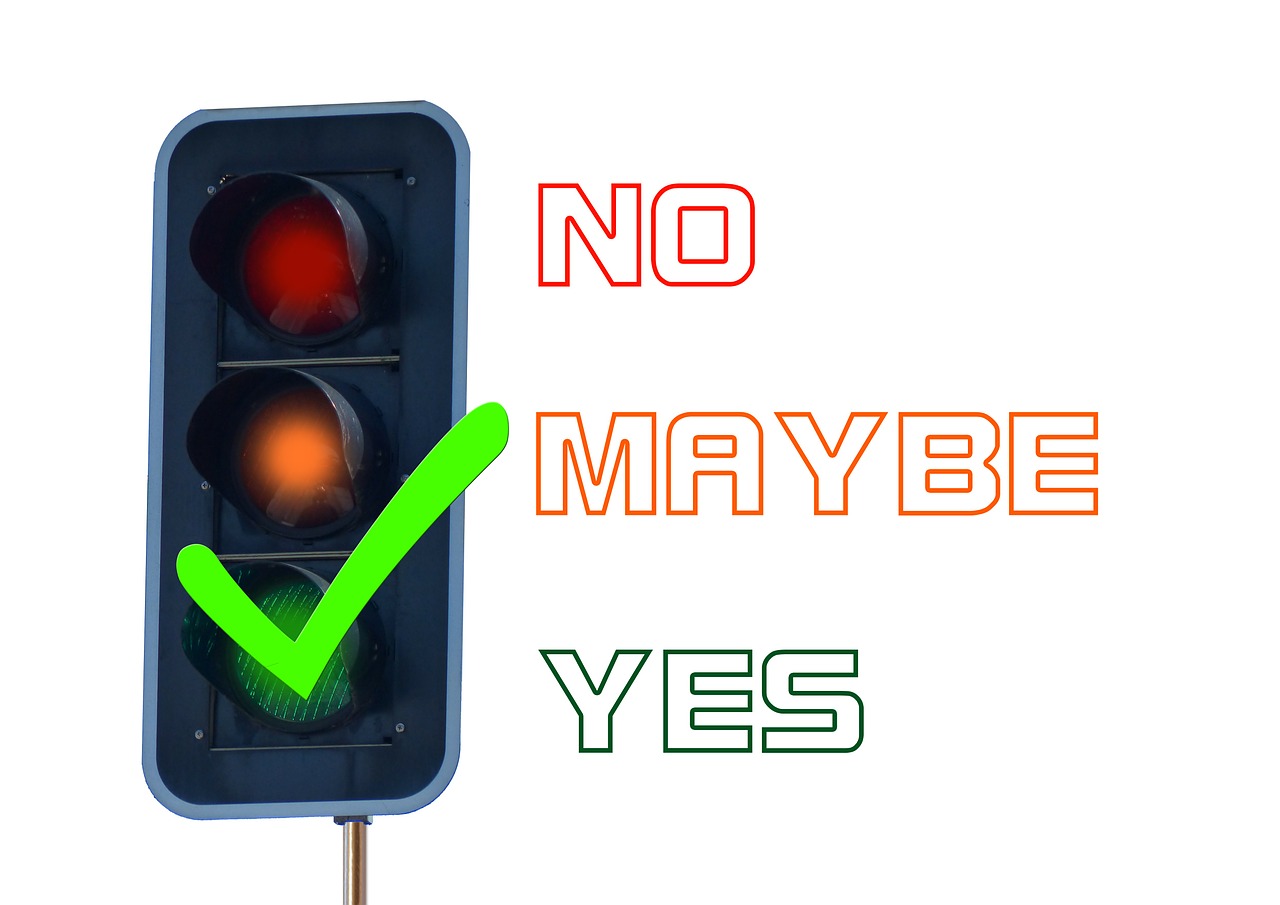
In the digital world, accessibility is not merely a buzzword but a cornerstone of inclusive design. Unfortunately, several Fictions surrounding digital accessibility persist, impeding progress towards a more equitable online landscape. Let’s delve into these Fictions and explore practical solutions to address them.

An Add On?
It’s not!
Accessibility should not be an afterthought; it should be built into the core of digital design and development processes. By incorporating accessibility principles right from the project’s inception, designers and developers can ensure that inclusive features are seamlessly integrated into the final product.

Complex?
It’s not!
While digital accessibility does involve technical considerations, it is not complex to incorporate into your work. It is not solely the domain of developers. Designers, content creators, and project managers all play crucial roles in ensuring accessibility. In fact, everyone who writes an email or a letter has a responsibility to ensure that the document is accessible for everyone. Providing comprehensive training and resources on accessibility best practices can empower team members at every stage of the process.

Compliance?
No!
Compliance with accessibility standards is essential, but it should not be the sole motivation for prioritising accessibility. Cultivating a culture of inclusivity within organisations means recognising the inherent value of accessibility in enhancing user experience and reaching a broader audience. After all, everyone is different.
Stops Creativity?
No!
Far from stifling creativity, accessibility can fuel innovation in design. By approaching accessibility challenges as creative opportunities, designers can devise novel solutions that not only meet accessibility standards but also push the boundaries of design excellence. Thinking inclusively from the outset can lead to more imaginative and impactful digital experiences.

Expensive?
It’s not.
While implementing accessibility features may incur upfront costs, the long-term benefits far outweigh the initial investment. Studies have shown that accessible websites and applications tend to have higher user engagement, lower maintenance costs, and a broader customer base. Conducting a comprehensive cost-benefit analysis can demonstrate the financial advantages of prioritising accessibility.

Only for People with Disabilities?
It’s not!
Digital accessibility benefits everyone, not just individuals with disabilities. Considerations such as clear navigation, readable text, and intuitive user interfaces improve the user experience for all users, regardless of their abilities. By designing with diverse user needs in mind, organisations can create digital experiences that are welcoming and inclusive to all.

Conclusion
Dispelling Fictions about digital accessibility is essential for fostering a more inclusive online environment. By embracing accessibility as a core principle, integrating it into every stage of the design and development process, and fostering a culture of inclusivity, organisations can create digital experiences that are truly accessible to all. Let’s work together to break down barriers and build a more inclusive digital future.
